Six health improvements are what customers are saying. After consuming Pacific Seamoss for 4 to 12 weeks, what’s their stories? We share below some of the stories. Check out testimonials here.
The good thing about a functional food like Pacific Seamoss, is that it has different effects for different people. Functional foods are so packed with nutrition and natural pharmaceuticals, that they provide the right supplement that your body needs, whether you knew it or not. That said, there seem to be some effects that all our customers are telling us about. Here are the top 6 changes that our Pacific Seamoss customers report.
1. More energy
All our customers reported they were feeling more energetic and able to cope better with the demands of their busy lives. Those that are regular exercisers have found exercise easier. Those that were mostly sedentary tell us they are feeling more energetic and are moving a lot more. The functional foods expert, Professor Lindsay Brown from the University of Southern Queensland, tells us this is because of dramatic changes in the liver allowing faster delivery of nutrients and energy to our cells and muscles.[2,3]
2. General feeling of wellness.
Many of our older customers say they feel better than they have felt for many years. This is not just about more energy but a feeling a positive mindset and am overall sense of wellbeing. All our customers have told us that they are feeling more relaxed, able to cope better with stress and feel less emotionally drained from everyday worries. Pacific Seamoss is packed full of tyrosine, that improves mental alertness and focus during times of stress, giving us a sense of control and reducing anxiety and tension.
3. Reduced Blood pressure
High blood pressure (hypertension) is a silent killer that is much too easy to develop but very difficult to reduce. Many of our customers take regular prescription medications for hypertension. They tell us that even though medicated, their blood pressure continues to creep up. Inevitably the dosage is increased but so are the nasty side effects. But now, our customers have reported that medications had to be reduced because blood pressures are returning to the normal range. Their doctors are pleased because heart health is improving, and risk of major cardiovascular disease is reduced. Our scientists say it’s probably the Potassium in the Pacific Seamoss that helps regulate the Potassium/Sodium balance in the body and is especially important for heart health.
4. Reduced Joint inflammation
Inflammation in joints occurs for many reasons, the two most common being overuse and arthritis. Both conditions interfere with normal function and stop us from leading a healthy active life. With Pacific Seamoss our customers are reporting pain and inflammation is reduced in arthritic or injured joints. They say they are active again, and greatly appreciate the better quality of life. Even our more athletic customers tell us their niggling training injuries have disappeared. Pacific Seamoss contains plant sterols and other macronutrients that interfere with the chronic inflammation process. It also acts as a pre-biotic – up-regulating your healthy gut bacteria that pump inflammation reducing short chain fatty acids into the blood stream.
5. Minds are much sharper
This is one feature of Pacific Seamoss that we didn’t expect. Many of our customers are reporting sharper minds and easier memory recall. This is especially good news for our older customers, who report age related memory issues are much improved. A new study from scientists in Korea shows that Pacific Seamoss provides neurotrophic factors, otherwise known as s nutrition for brain cells. The seaweed helps to regenerate and repair ageing and damaged cells, while also increasing the availability of neurotransmitters that build strong healthy networks and increase brain plasticity. This is great news for anyone with a history of neurodegenerative conditions, including Parkinson’s Disease, Alzheimer’s and Stroke. It’s also great news for those of us trying to prevent the cognitive decline that occurs when we age.
6. Even More
The best part about keeping in touch with our customers us that we get feedback about changes in health and wellbeing that we previously hadn’t studied. This gives us an opportunity to explore the scientific literature and develop new studies to further expand the scientific knowledge about Pacific Seamoss. That’s what good science is all about. Here are some of the anecdotal reports we are currently looking at.
- Dysmenorrhoea Painful periods are dramatically reduced in long term sufferers. Likely mechanism – oestrogen management, Potassium/Sodium Balance
- Hair and Nail Growth Increased growth rate of hair and nails. Likely mechanism – liver up-regulation,
- Healthy Glowing Skin – Skin conditions improved, and signs of ageing reduced. Likely mechanism – collagen released from inflamed organs made available for skin health, improved microbiome.
- Relief for Parkinson’s Symptoms – Customers with early-stage Parkinson’s disease have reported easier movement. Likely mechanism – tyrosine in Pacific Seamoss is converted to L-Dopa in the body, improved liver function allowing better delivery to the cells.
- Improved gut and bowel movements.
What has been your experience with Pacific Seamoss? Do you have six health improvements?
Let us know at seaweed@bioseahealth.com
References
[1] Tirtawijaya, G., Haque, M. N., Choi, J. S., Moon, I. S., Meinita, M. D. N., Choi, J.-S., & Hong, Y.-K. (2019). Spinogenesis and Synaptogenesis Effects of the Red Seaweed Kappaphycus alvarezii and Its Isolated Cholesterol on Hippocampal Neuron Cultures. Preventive Nutrition and Food Science, 24(4), 418. (PubMed)
[2] Wanyonyi, S., Du Preez, R., Brown, L., Paul, N. A., & Panchal, S. K. (2017). Kappaphycus alvarezii as a food supplement prevents diet-induced metabolic syndrome in rats. Nutrients, 9(11), 1261.(Pubmed)
[3] du Preez, R.; Paul, N.; Mouatt, P.; Majzoub, M.E.; Thomas, T.; Panchal, S.K.; Brown, L. Carrageenans from the Red Seaweed Sarconema filiforme Attenuate Symptoms of Diet-Induced Metabolic Syndrome in Rats. Mar. Drugs 2020, 18, 97.



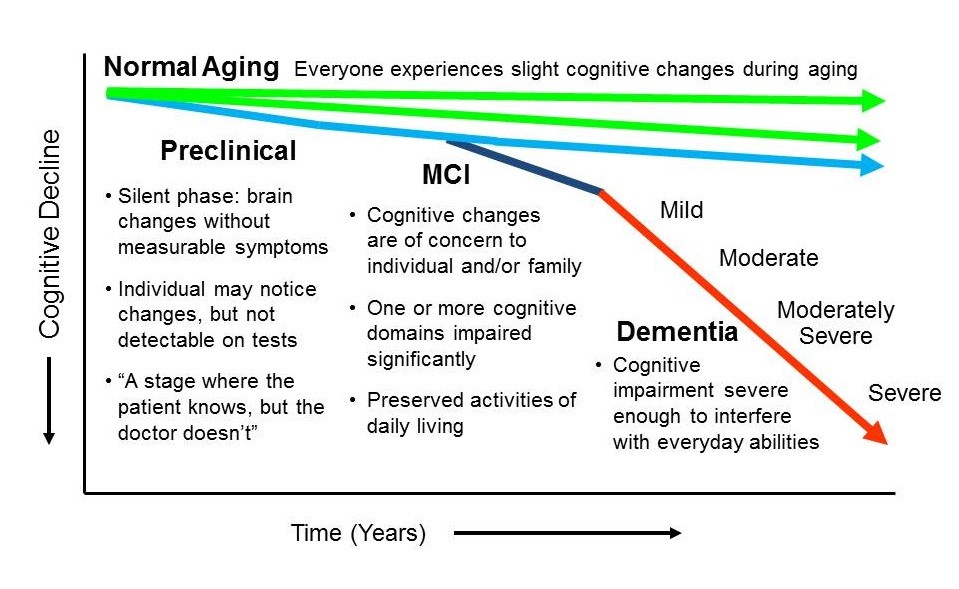

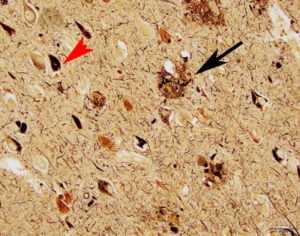
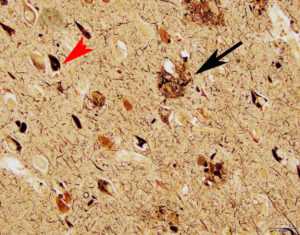
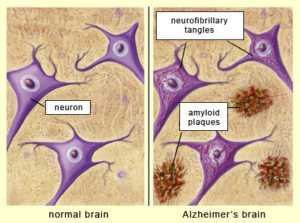

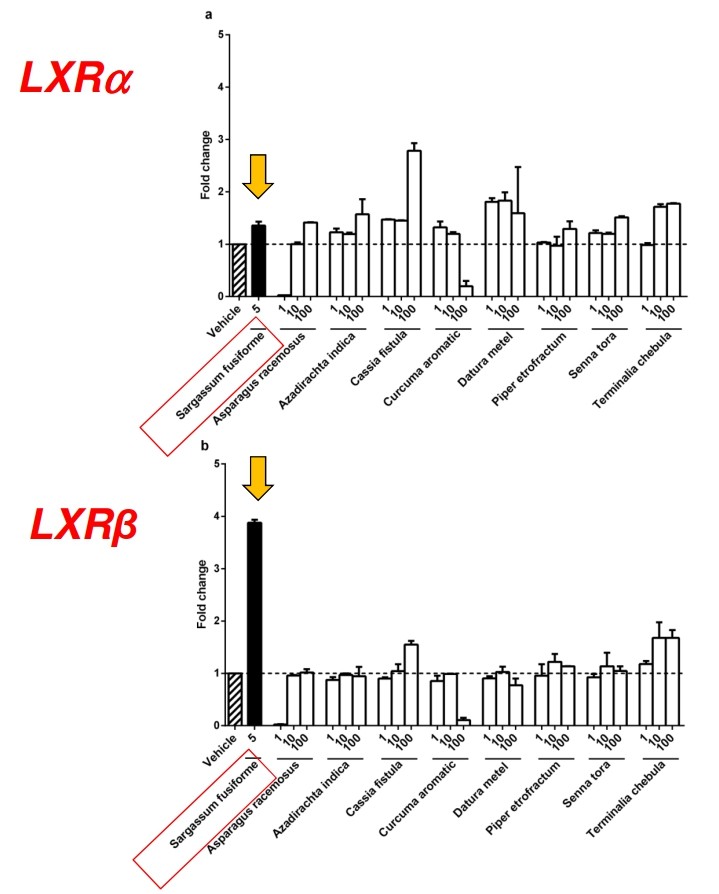
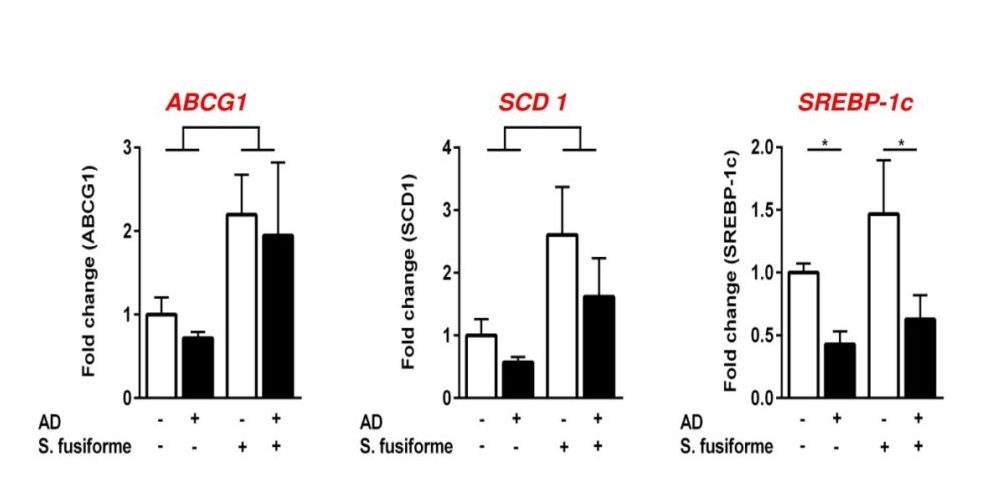 This figure shows that Sargassum actually affected 3 of the genes that regulate the LXR target genes.
This figure shows that Sargassum actually affected 3 of the genes that regulate the LXR target genes.